Video: Meet the man who has been ringing the bells of Cobh for 50 years
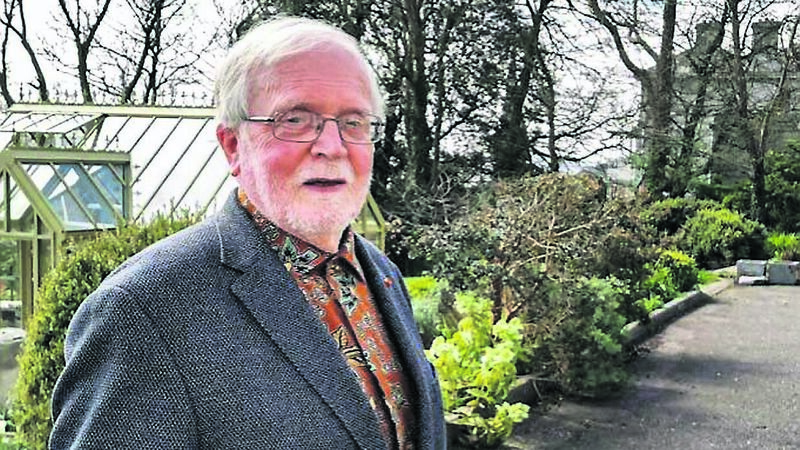
THE MUSIC MAN OF COBH: Adrian Gebruers at his home in Cobh.
AT the pinnacle of Cork Harbour sits St Colman’s Cathedral in Cobh. Its striking sight is the centrepiece of many a postcard and budding photographers’ Instagram feeds.
While the Cathedral’s image is known the nation over, the sound produced from the Republic’s only carillion that hangs within its steeples is perhaps appreciated at a more local level.
As The Echo continues its visits of the bell towers of Cork city and county, we had a stop off in Cobh to get a history lesson on the bells of St Colman’s. Their history is rich, and includes warships and an Irish priest in Belgium during World War I.
Most of the styles of ringing featured in this series involves pulling a rope of some kind. But the sounds ringing out of the St Colman’s steeples are made with an organ styled instrument and are played as such. Each key pulls a string that moves a hammer to ring one of the tower’s 49 bells; the largest in Britain and Ireland. The instrument is called a carillion.
It has its origins in Belgium and Holland and someone who plays a carillon is called a carillonneur.
Adrian Gebruers is the main carillonneur at St Colman’s. It’s usually Adrian, or indeed one of his granddaughters, you are hearing hitting the keys as the bells ring across Cobh on a Sunday morning.
He has been associated with the Cathedral for more than 50 years and his father for the 50 years before.
This year sees The Cathedral perform its summer recital series for a 95th year.
Adrian’s father arrived from Belgium in 1924 and became the Cathedral’s carillonneur. The bells had been installed since 1916 but lay more or less idle until his arrival. He remained as the main carillonneur until his death in 1970. Since then, Adrian has been at the helm.
Adrian and I met in his garden overlooking Cork Harbour.
“The tradition comes from the lowlands of the Flanders and the Netherlands,” Adrian says, getting into the history of the Cobh carillion.
“And only came to Ireland, this instrument, in the beginning of the last century”.
Its bells were cast in the Taylor foundry in the UK, the same one that the newest bells in St Fin Barre’s came from.
However, the story of how these bells ended up in the coastal town, and their subsequent entry into Ireland, is a bit more dramatic than that of their St Finn Barre’s cousins, given the time in which they arrived.
“The Bishop at the time was Bishop Browne and his nephew was Fr Browne, the photographer who was known for his photos of the Titanic. And there’s a link there to how this carillion got here, because Fr Browne was a chaplain in the British Army during World War I. He was on continental Europe quite a lot, and while there he visited many of the cities there, like Ghent and Bruges, and he heard carillions there.”
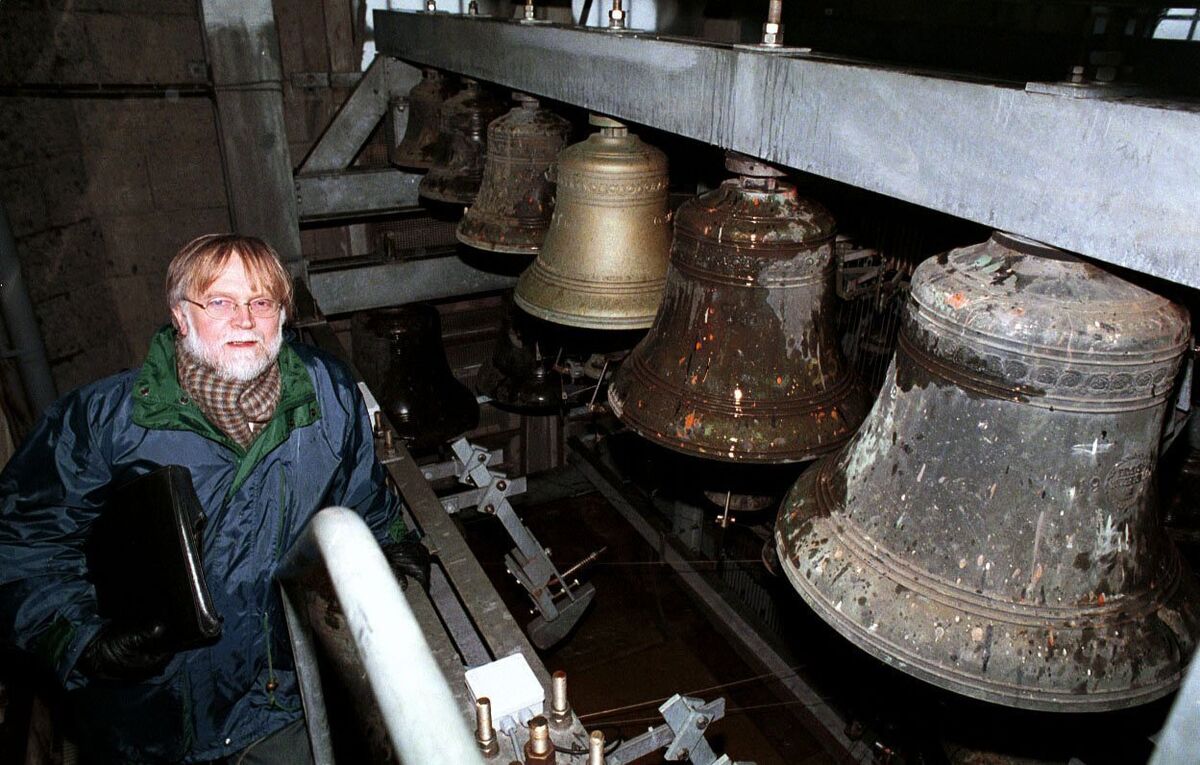
At this point during 1916, Bishop Browne was completing the building of St Colman’s and Fr Browne returned from Europe with a suggestion for his uncle.
“His nephew came back and said, I know what you should put into the tower of your Cathedral. What would be the jewel in the crown. And he said, ‘A carillion!’ Adrian relays, knowing the story inside-out. “And that’s how it ended up in Cobh.”
The bell’s delivery into the then Queenstown as it was known, is a story unto itself and was a sight to behold for the locals at the time.
“Bishop Browne was very friendly with the Admirable (who lived next door to where Adrian grew up) Bailey at the time. As it happened, the carillon was ready, it was cast in England in Loughborough. The 42 bells, as it was originally, were on the docks in Liverpool, right in the middle of World War I. So, you couldn’t get a ship to transport them for love nor money. And even if you did, there was a danger that the ship would have been torpedoed.
“But because of the Bishop’s friendship with the Admirable, they were brought over on the decks of a British battleship. Imagine, that ship coming in the harbour here with 42 bells”. Adrian says.
The bells were brought to Haulbowline originally, then taken across to Cobh, and were then drawn up the hill to the Cathedral by horse-drawn drays.
Adrian says there are carillions all over the world, but there is none with an innings like that.
With the sinking of the Lusitania and Titanic still fresh in the minds of the people of Queenstown, and the people of Ireland in general, witnessing the delivery of these bells to a newly built St Colman’s may well have inspired a sense of hope among the people.
“The whole building of the Cathedral I think boosted morale<“ says Adrian. “We have to remember too that this wasn’t so long after the famine, either.
“There must have been a feeling of optimism coming from these events, in contrast to the serious depression of the world situation.”
Adrian’s knowledge and passion for the history of St Colman’s Cathedral and Carillon radiates from him. How could it not, with such a deep familal lineage to St Colmans.
Oftentimes, it’s his granddaughters Ella and Amy who are hitting the keys of St Colman’s Cathedral. Adrian also teaches students from UCC how to play the carillion. He tells me they begin by playing on a carillon simulator before graduating onto the real thing.
The Cathedral’s 95th summer recital series continues theoughout the summer. Stay up to date at https://www.carilloncobh.com/
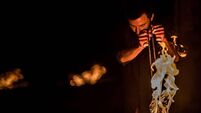
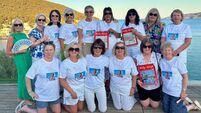
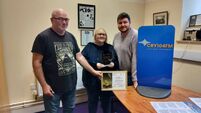
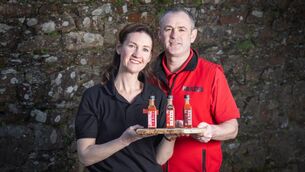



 App?
App?


